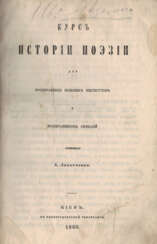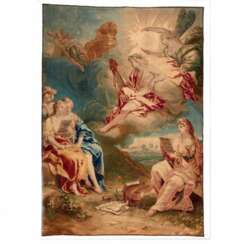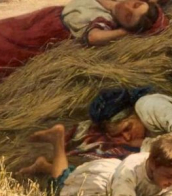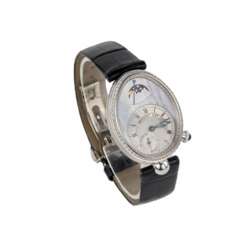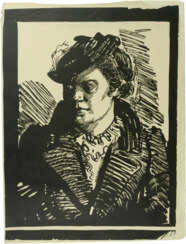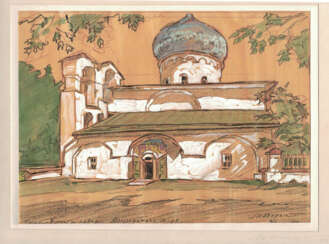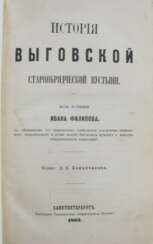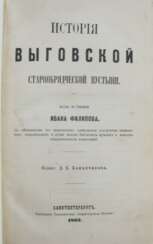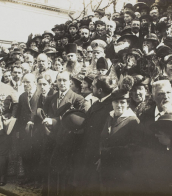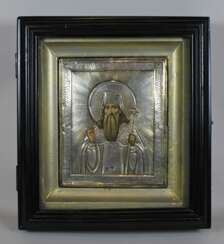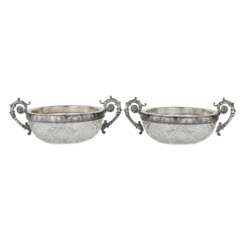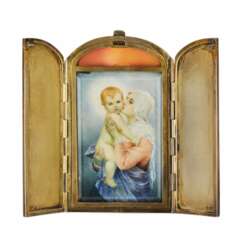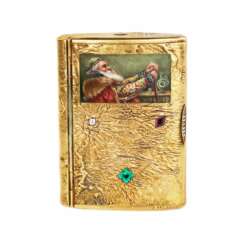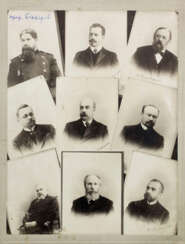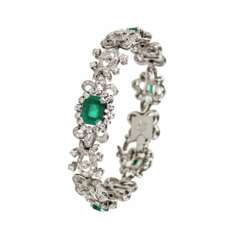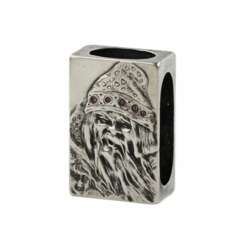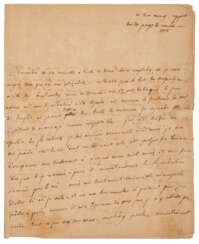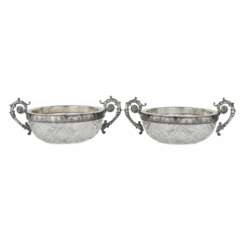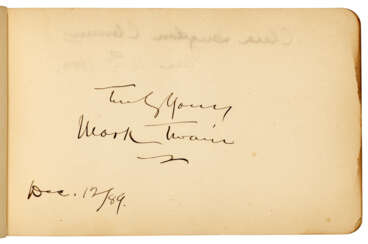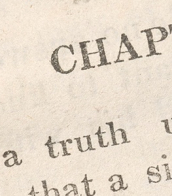женский ум
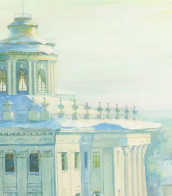
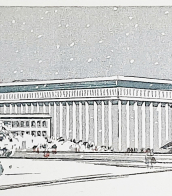
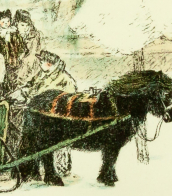


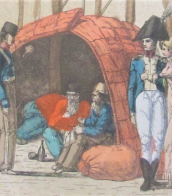
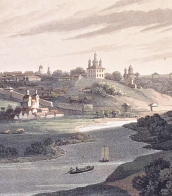

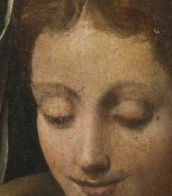
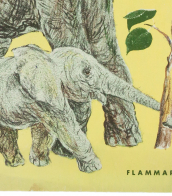
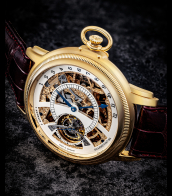
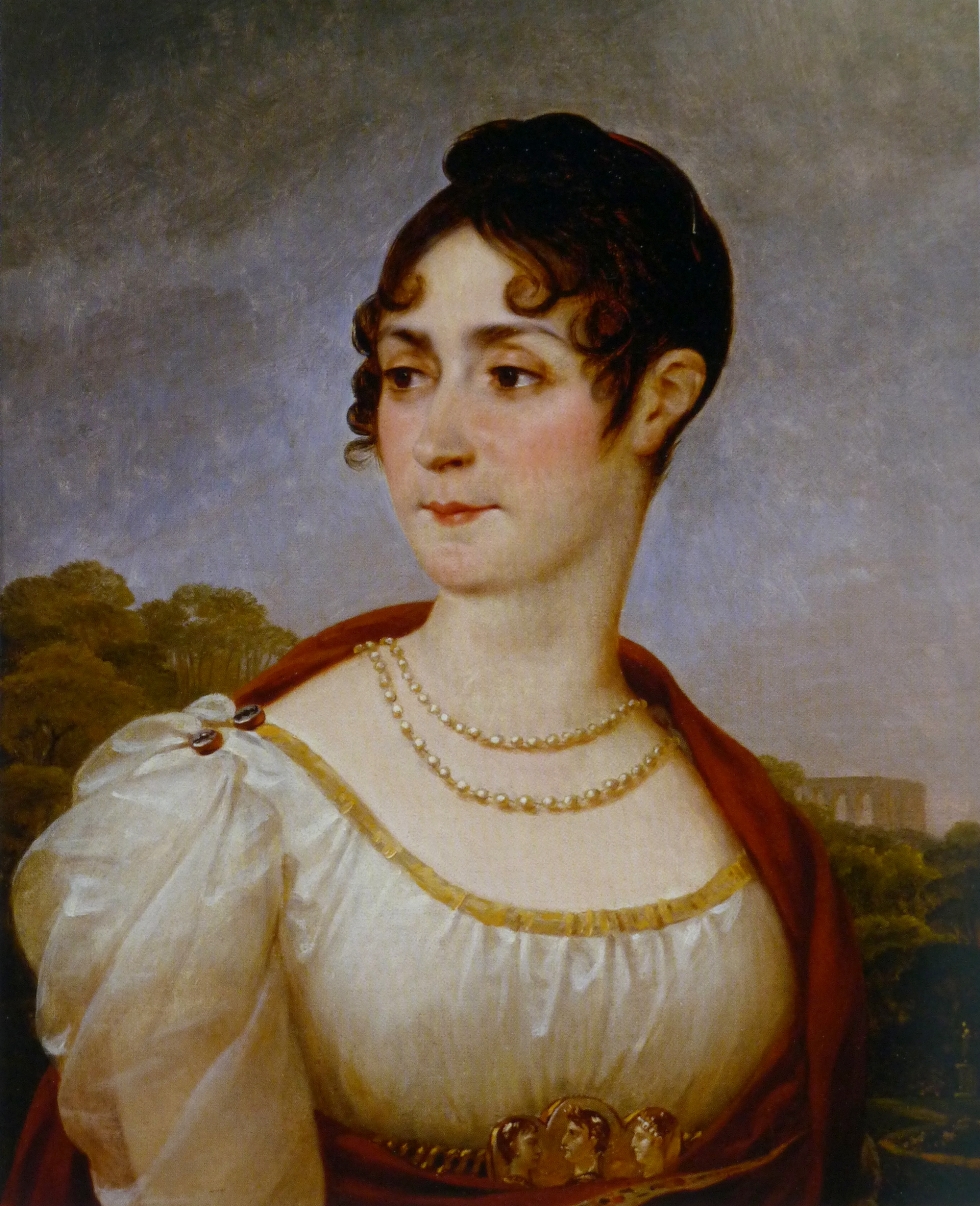
Joséphine de Beauharnais, born Marie Josèphe Rose Tascher de La Pagerie, was Empress of France from 1804 to 1809, the first wife of Napoleon I.
At the age of 16, Rose came to France to marry a young officer, Alexandre de Beauharnais. However, after the birth of their two children, the couple separated but maintained a relationship. During the French Revolution, her husband, who served in the revolutionary army, was guillotined in June 1794. Rose herself was imprisoned, but after the coup d'état of July 27, which ended the terror, she was released.
She was soon introduced to General Napoleon Bonaparte, and although she was a poor widow with two children, he was charmed and married her in a civil marriage in 1796. He and began to call her Josephine. She was with him all the way from general to First Consul and in May 1804 to Emperor of France. However, Josephine failed to produce an heir, prompting Napoleon, in the interest of the country, to divorce her in 1809. Retaining the title of empress and queen, she went to live at Château Malmaison near Paris and then at her Château of Navarre in Normandy, where she died in 1814, a few weeks after Napoleon's abdication.

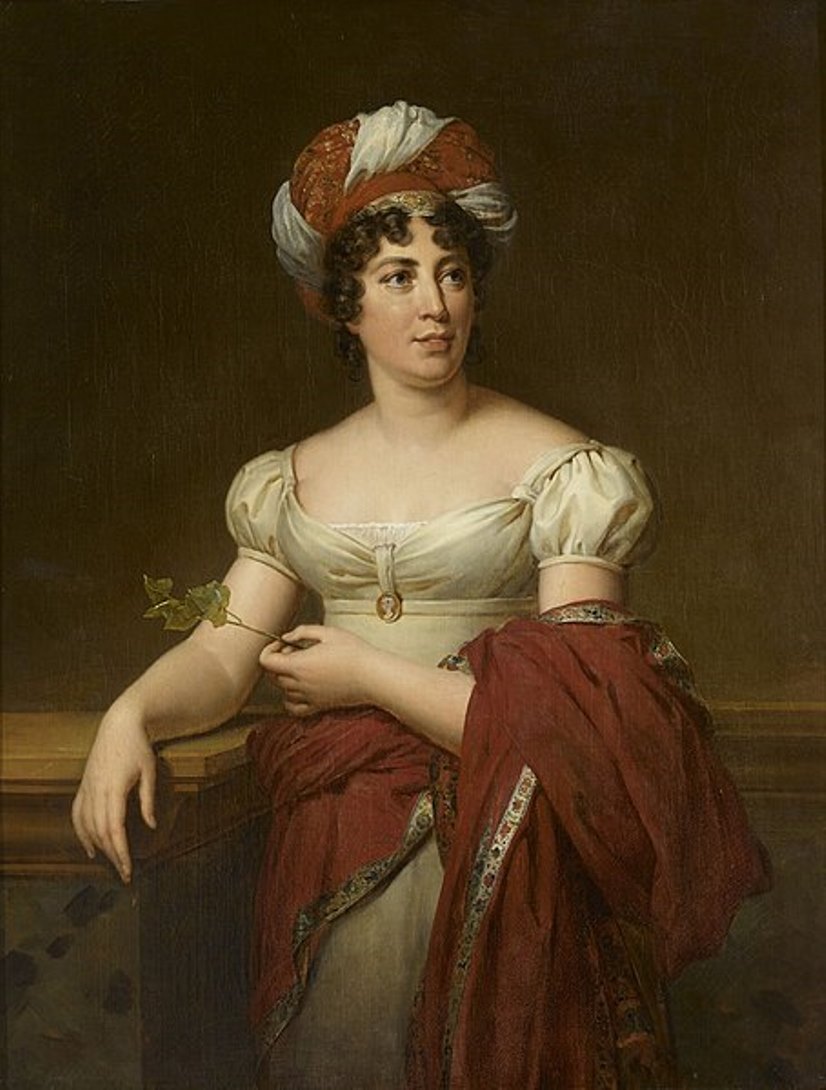
Anne-Louise-Germaine Necker, Baroness of Staël-Holstein, known as Madame de Staël, was a French writer, literary theorist, and publicist.
She was born into a Swiss family where her father was a banker and then finance minister to King Louis XVI, and her mother ran a brilliant literary and political salon in Paris where Voltaire, Diderot, and Hume frequented. Young Necker received a brilliant education, she absorbed the intellectual environment with great curiosity, becoming a witty and well-read conversationalist.
In 1786, she married the Swedish ambassador to Paris, Baron Eric de Staël-Holstein. It was a marriage of convenience, which ended in 1797 formal divorce.
Madame de Staël became known not only for her stunning and versatile works, but also for her enormous influence on the intellectual climate of that 19th century. During her lifetime she was known as a novelist, but she became much more famous as a political philosopher, literary critic, and theorist of Romanticism. Madame de Staël was an implacable opponent of Napoleon I and traveled around Europe for a decade during his reign from 1803. In 1810, the writer published one of her most famous and influential works, On Germany. She returned to Paris in 1814, after the fall of Napoleon, and wrote "Reflections on the Principal Events of the French Revolution."
In her travels, Madame de Staël met many politicians, artists and writers and was known for her cosmopolitanism and feminism. Madame de Staël epitomized the European culture of her time, combining ideas from neoclassicism to romanticism in her glittering salon for leading intellectuals.

